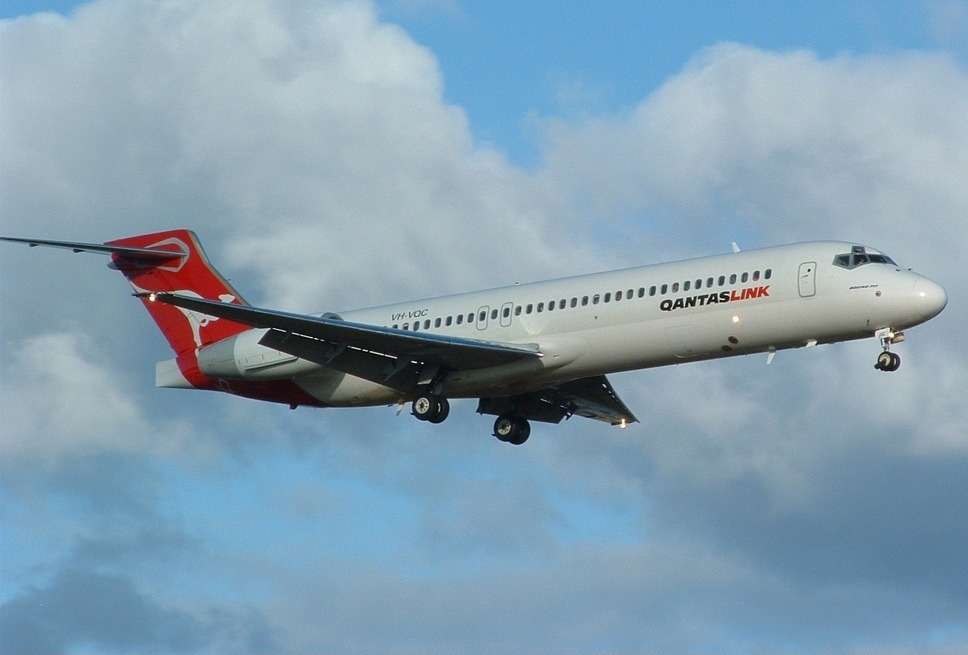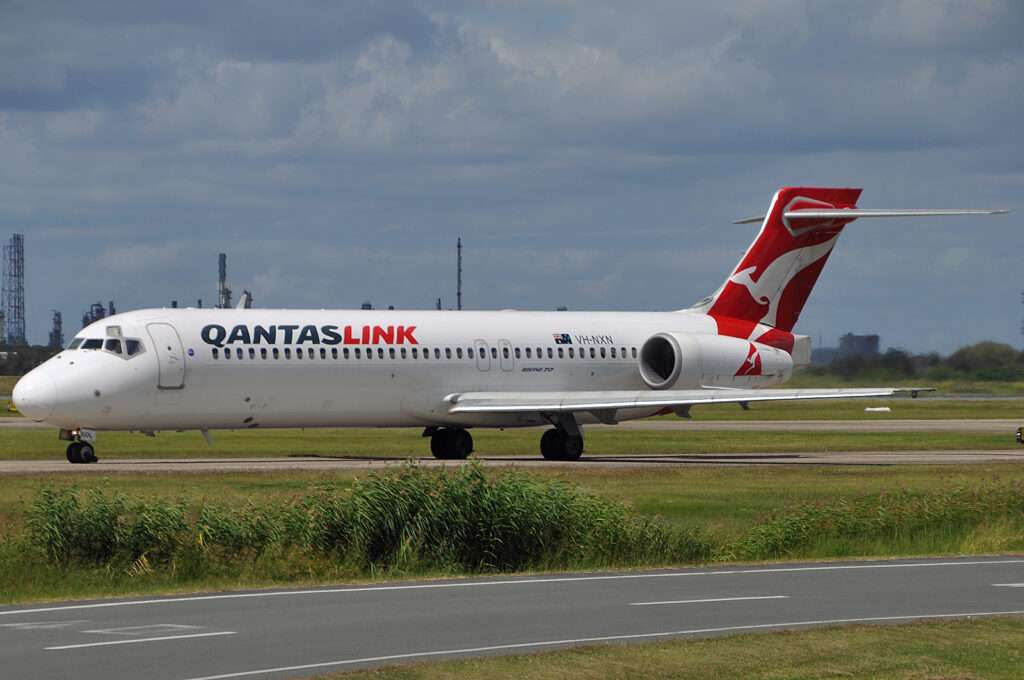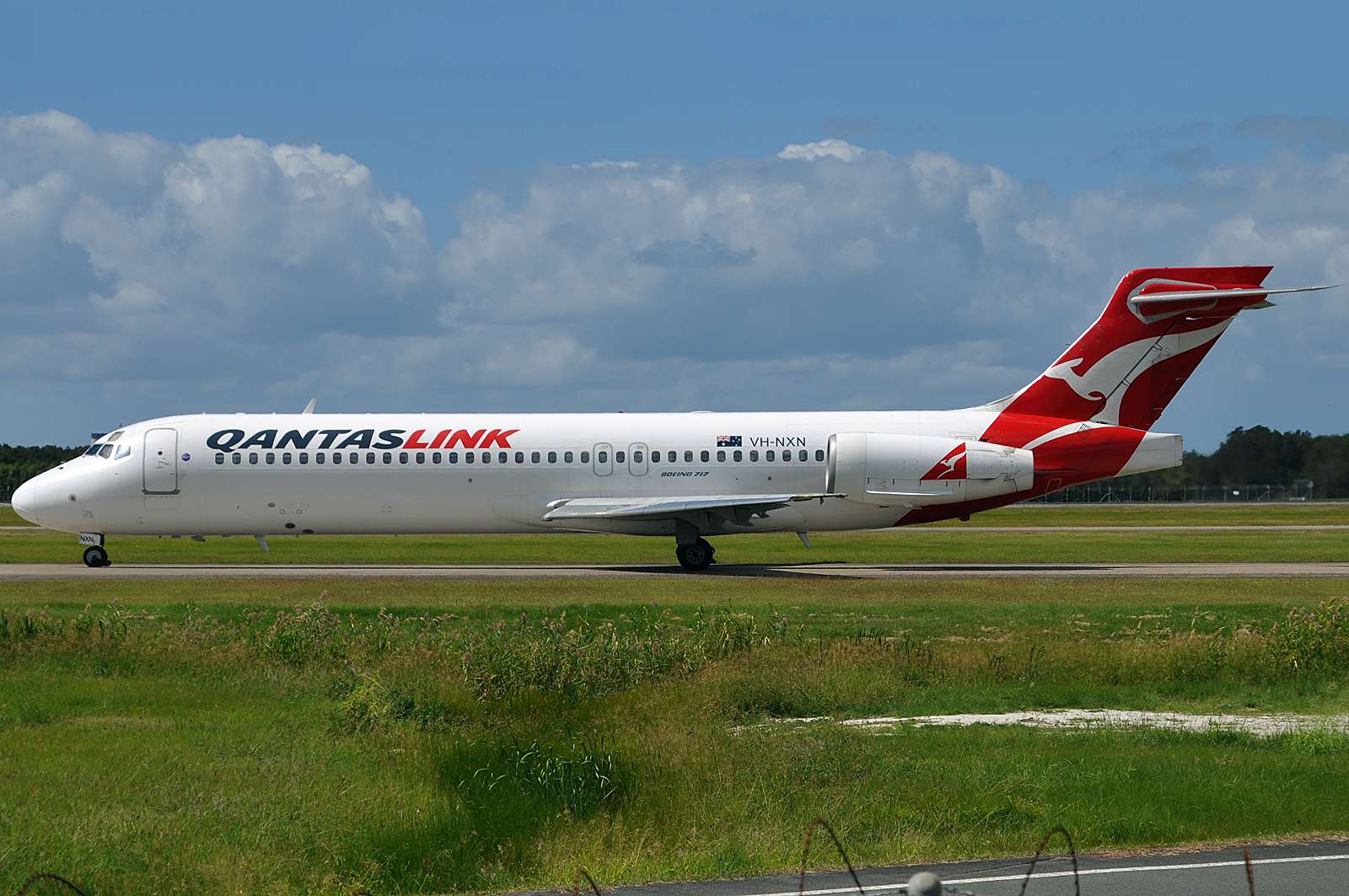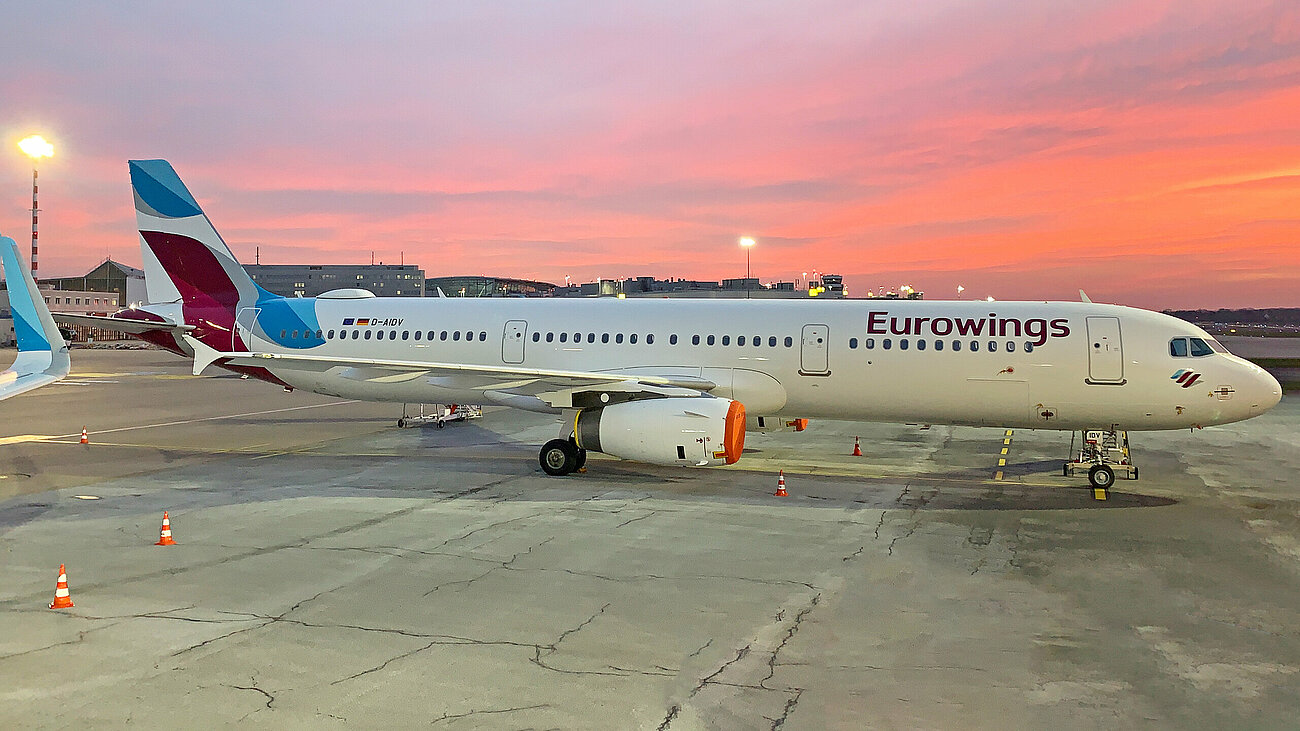This month marks over 20 years since the hijacking attempt of QantasLink flight 1737 between Melbourne & Launceston.
This piece will take a look at that dreaded event in detail.
Without further ado, let’s get into it…
A Calm Departure and a Devious Passenger
On a seemingly ordinary Thursday afternoon, May 29th, 2003, QantasLink Flight 1737 departed Melbourne Airport for Launceston, Tasmania.
A Boeing 717 carrying just 47 passengers and a crew of six embarked on a short domestic hop across the Bass Strait.
The atmosphere onboard was likely one of relaxation and anticipation for a quick arrival.
However, unbeknownst to the crew and passengers, one individual had boarded the plane with a sinister plan.
David Mark Robinson, a passenger seated in row seven, had a disturbing agenda hidden beneath the facade of a normal traveler.
As the cabin crew began preparing for meal service, Robinson’s demeanor shifted dramatically.
He rose from his seat and approached the galley, not for refreshments, but brandishing two sharpened wooden stakes – a chilling indication of his intentions.
A Brutal Struggle and Heroic Intervention

The unsuspecting flight attendant Denise Hickson and flight purser Greg Khan were the first to confront Robinson’s sudden aggression.
A brutal struggle ensued as Robinson attacked them with the stakes, inflicting serious head injuries.
Despite the assault, Khan managed to tackle Robinson, momentarily halting his advance towards the cockpit, the ultimate target for hijackers.
The commotion in the cabin did not go unnoticed by the pilots, Captain Corey Purves and First Officer John Morgan.
However, due to a lack of clear communication, the crew initially believed they were facing a medical emergency.
This critical miscommunication created a tense window where Robinson could have potentially gained access to the cockpit.
Meanwhile, in the passenger cabin, the remaining crew members and several passengers displayed remarkable bravery in the face of danger.
They rallied together to subdue Robinson. A makeshift barricade was formed using beverage carts, effectively preventing Robinson from reaching the cockpit door.
The struggle was intense, with several passengers, including a doctor, sustaining minor injuries.
Their courageous intervention helped buy precious time for the pilots and crew to assess the situation.
A Drastic Decision and Safe Landing

The chaos continued for several nerve-wracking minutes.
Finally, with Robinson subdued and the pilots alerted to the true nature of the crisis, Captain Purves made a decisive decision.
He initiated a rapid descent and diverted the aircraft back to Melbourne.
The calm and professional actions of the crew played a critical role in ensuring the safety of everyone onboard throughout the ordeal.
Upon landing at Melbourne Airport, a team of Australian Federal Police swiftly swarmed the aircraft and apprehended Robinson.
Medical personnel treated the injured crew and passengers.
Thankfully, there were no fatalities in this harrowing incident.
Unraveling the Motive and Lessons Learned
The investigation that followed revealed a deeply disturbing motive behind Robinson’s actions.
He believed that crashing the plane into Tasmania’s Walls of Jerusalem National Park would release the devil and trigger Armageddon.
Psychological evaluations later confirmed Robinson’s mental instability.
QantasLink Flight 1737 serves as a stark reminder of the courage and resilience of airline crews and passengers in the face of unexpected danger.
The swift response and coordinated actions of everyone onboard undoubtedly prevented a potential tragedy.
The bravery of the crew, particularly Hickson and Khan who bore the brunt of Robinson’s attack, deserves the highest commendation.
The incident also highlighted the importance of clear communication protocols within an aircraft.
The initial confusion regarding the nature of the emergency underscores the need for standardized procedures for dealing with hijackings and other onboard threats.
In the aftermath of the incident, Qantas implemented stricter security measures and enhanced crew training protocols for dealing with in-flight disturbances.
The story of QantasLink Flight 1737 serves as a chilling reminder of the vulnerability of commercial aviation, but also as a testament to the heroism of ordinary people in extraordinary circumstances.

Click the banner to subscribe to our weekly newsleter.

Click the photo to join our WhatsApp channel so then you can stay up to date with everything going on in the aviation industry!





